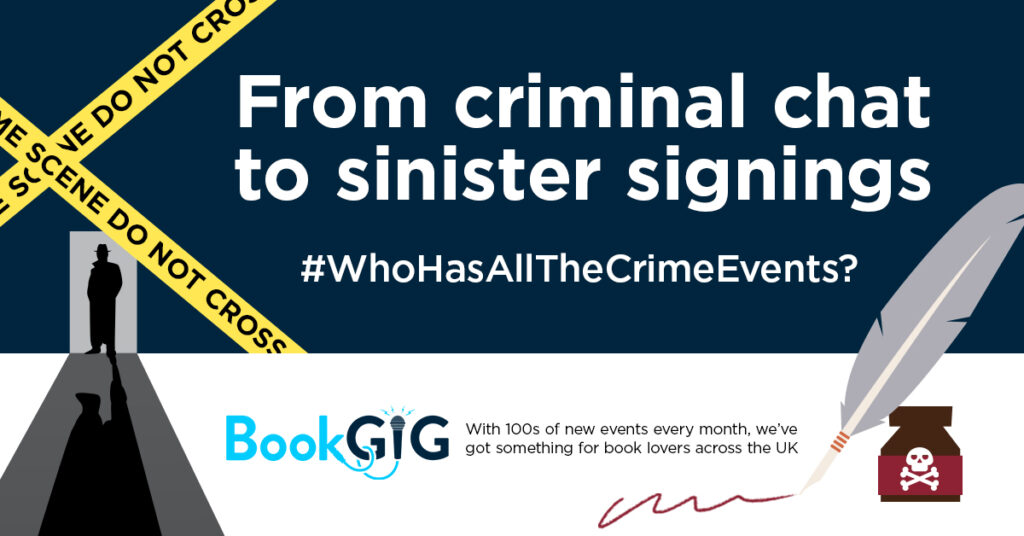 The original idea for When She Woke was sparked by a conversation I had with my uncle some twenty years ago over a bottle of wine in Hulls Cove, Maine. We were discussing the drug problem in America, and he said something to the effect of, “I think all drugs ought to be legal and provided by the government; they just ought to turn you bright blue.” Meaning, so that other people can see you coming and stay the hell away from you. And this conversation, and the idea of what it would be like to be stigmatized in such a way, stuck in my mind and eventually bore the strange red fruit that became When She Woke.
The original idea for When She Woke was sparked by a conversation I had with my uncle some twenty years ago over a bottle of wine in Hulls Cove, Maine. We were discussing the drug problem in America, and he said something to the effect of, “I think all drugs ought to be legal and provided by the government; they just ought to turn you bright blue.” Meaning, so that other people can see you coming and stay the hell away from you. And this conversation, and the idea of what it would be like to be stigmatized in such a way, stuck in my mind and eventually bore the strange red fruit that became When She Woke.
I actually wrote the original story fragment of When She Woke (which was then called Red) in the spring of 2000, in the same workshop where I started my first novel, Mudbound. I had four pages about a woman in a prison cell who’d been turned red for killing someone, and I didn’t know where to take the story, so I wrote Mudbound instead. It wasn’t until six years later, when I was casting about for my second novel, that I returned to my stigmatized red woman. Hester Prynne and her scarlet A popped into my mind, and I thought, huh, I should reread The Scarlet Letter, which I’d last read as an unappreciative 15-year-old. And when I did I was struck by the many parallels between Hawthorne’s late-1600s Puritan Boston and post-9/11 America, where we’d seen a climate of fear that had led to the erosion of civil rights, the muddying of the line between church and state and attacks on women’s reproductive freedom by the religious right. The book grew out of my exploration of those parallels. The scarlet letter that Hester Prynne wears became, in When She Woke, scarlet skin. The scaffold that Hester stood on in front of the entire community became a sinister form of reality TV where prisoners are televised. The popular minister Hester falls in love with became a mega-church preacher, and so on. And because of The Scarlet Letter, my future America ended up being not just cruel and repressive but also essentially a theocracy, as 17th century Boston was.
 The heroine of the story is Hannah Payne, a sheltered 26-year-old from an evangelical family in Dallas, TX. She has a love affair with Aidan Dale, the charismatic and married pastor of her church, and becomes pregnant. If she had the child she would be forced to reveal his identity and destroy his life and career, so she has an abortion, which is illegal in my dystopian future Texas. She is caught, convicted of second-degree murder and subjected to a process called “melachroming,” in which her skin is turned bright red. After spending 30 days in a mirrored prison cell with her actions broadcast to the world, she is released, a branded woman, to survive as best she can in a hostile world. That’s when things get really fun. I didn’t set out to write a literary thriller, but it was soon obvious to me that that’s what When She Woke was going to be. Hannah’s life and sanity are being threatened by one villain or another for about 80% of the book.
The heroine of the story is Hannah Payne, a sheltered 26-year-old from an evangelical family in Dallas, TX. She has a love affair with Aidan Dale, the charismatic and married pastor of her church, and becomes pregnant. If she had the child she would be forced to reveal his identity and destroy his life and career, so she has an abortion, which is illegal in my dystopian future Texas. She is caught, convicted of second-degree murder and subjected to a process called “melachroming,” in which her skin is turned bright red. After spending 30 days in a mirrored prison cell with her actions broadcast to the world, she is released, a branded woman, to survive as best she can in a hostile world. That’s when things get really fun. I didn’t set out to write a literary thriller, but it was soon obvious to me that that’s what When She Woke was going to be. Hannah’s life and sanity are being threatened by one villain or another for about 80% of the book.


